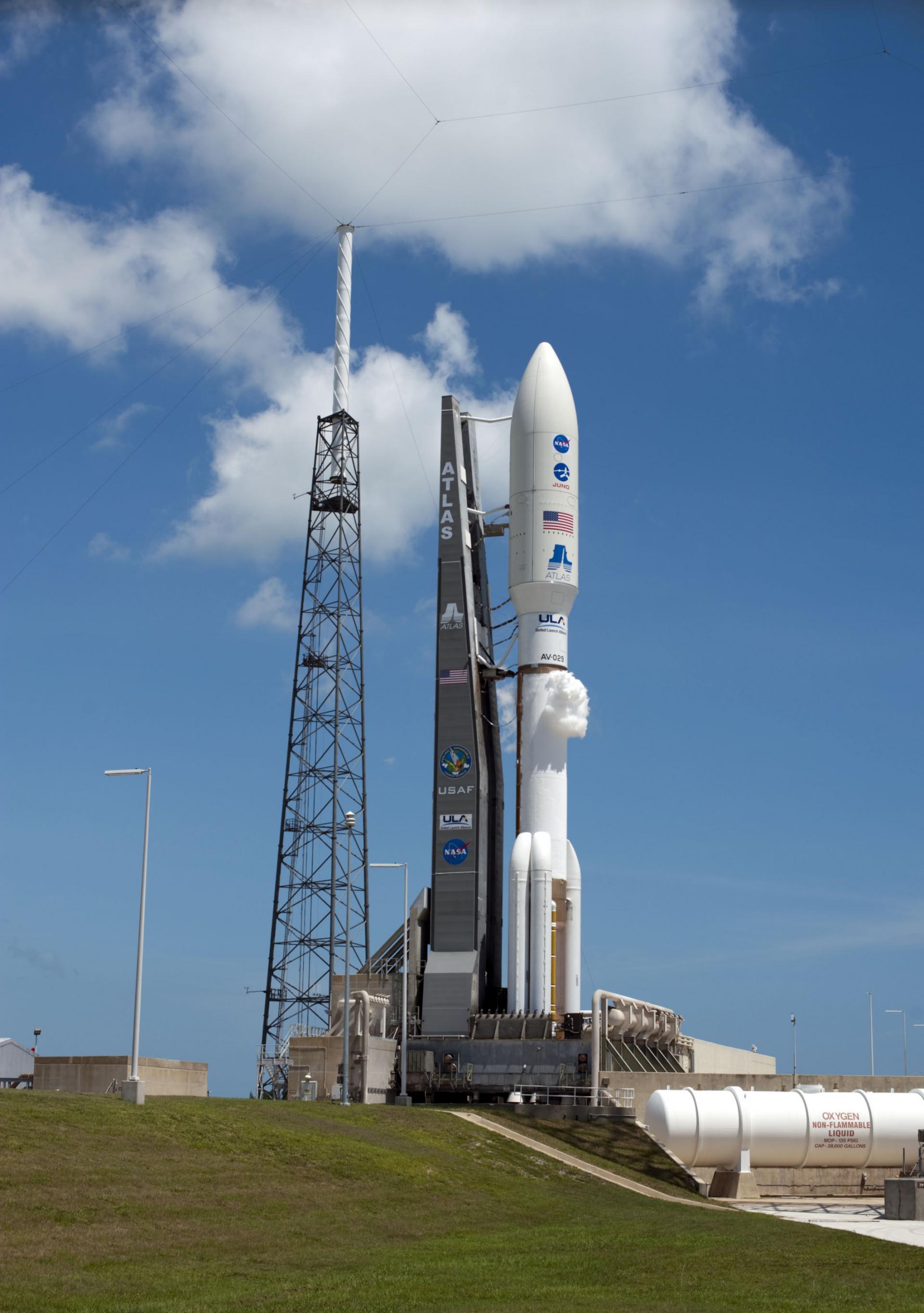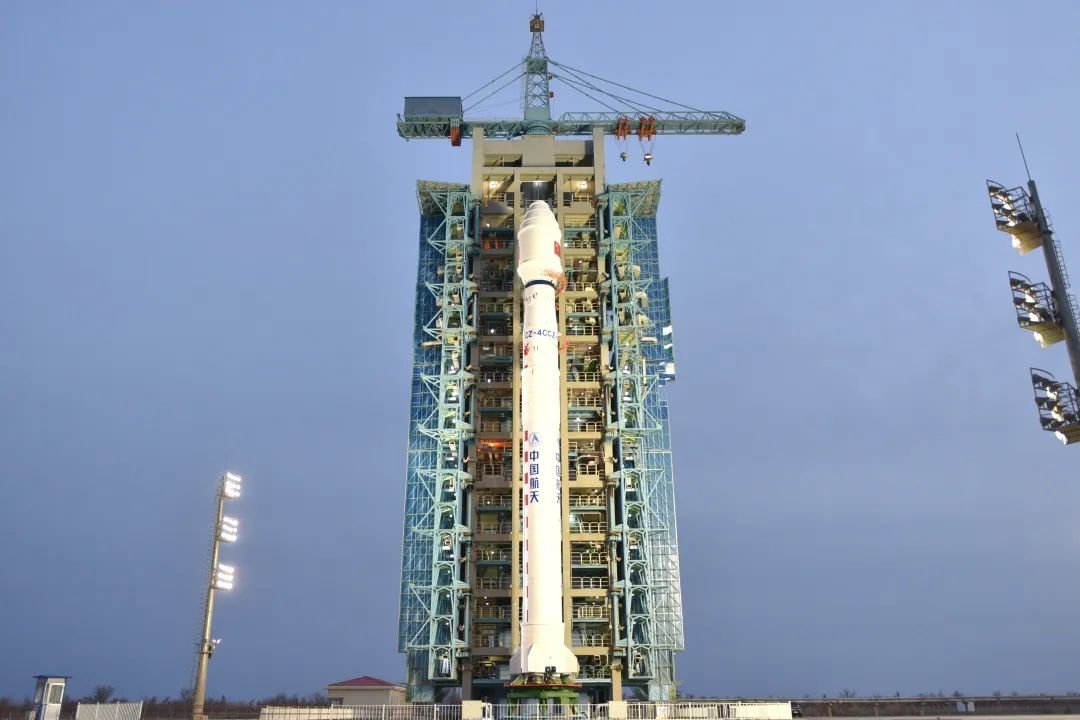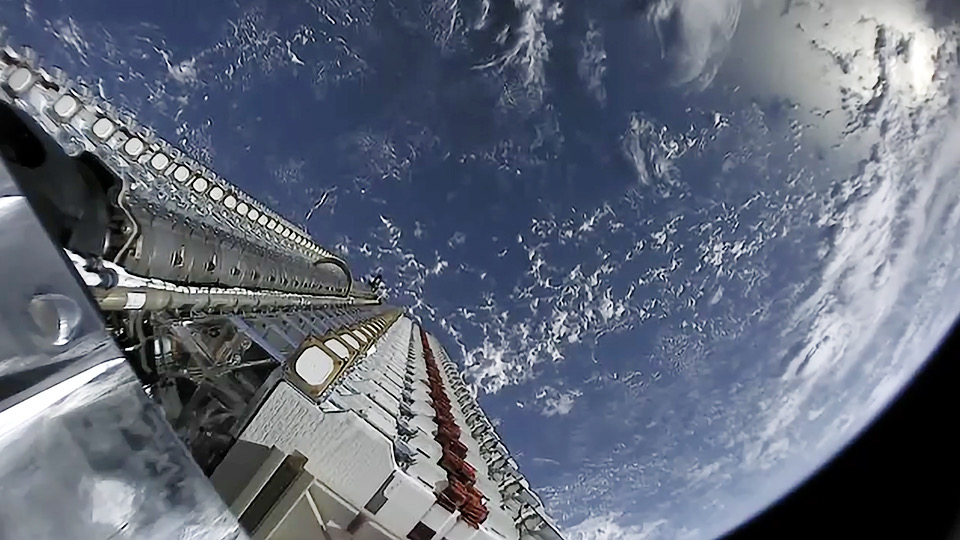· space brief · 7 min read
Space Brief 6 Jun 2025
Today's space news features significant discussions on the funding of Space Force, advancements in hypersonic technology, and the potential impacts of spectrum auction plans on border defense systems.

📄Top Stories
The top stories today focus on financial concerns for the Space Force due to potential budgetary cuts, the reintroduction of hypersonic capabilities to the Air Force’s arsenal, and the emerging challenges in spectrum allocation that may impact border defense systems.
📰Detailed Coverage
Space Force Funding Concerns
The House Armed Services Committee (HASC) has warned the White House about the potential implications of delays in the defense budget process, specifically mentioning possible cuts to Space Force funding. Representative Mike Rogers noted that such delays are “not helpful” and could force unilateral actions on defense spending by Congress. This situation raises significant concerns about how these potential funding cuts might affect the Space Force’s operations, including satellite launches and tracking capabilities crucial for national defense.
The broader defense budget impacts how satellite technologies are developed and maintained, highlighting the importance of stable funding streams to ensure uninterrupted operations in space. The financial health of the Space Force is a matter of national security that directly connects to satellite management and tracking.
Read the full story: SpaceNews
Hypersonics Return to Air Force Arsenal
The U.S. Air Force has re-integrated the Air-launched Rapid Response Weapon (ARRW) hypersonic missile into its strategic arsenal, marking a significant advancement in military technology. This move comes as Army leaders express interest in expanding their non-hypersonic long-range missile capabilities. Such advancements emphasize the ongoing commitment of U.S. military branches to maintain and enhance competitive edges in defense technology.
Hypersonic weapons travel at much faster speeds than conventional missiles, presenting new challenges and requirements in tracking and interception, an area where satellite tracking technologies play a vital role. Expanding tracking capabilities can enhance our web app’s features to monitor these high-speed objects more effectively.
Read the full story: Breaking Defense
Spectrum Auction Threats to Defense Systems
The Center for Strategic and International Studies (CSIS) has highlighted potential threats to U.S. border defense systems due to planned spectrum auctions. The Department of Defense’s S-band spectrum, crucial for systems like the Golden Dome missile defense network, faces potential selling which experts have criticized as disadvantageous. This situation could impact critical national defense systems that rely on secure and dedicated frequency bands for operation.
Spectrum allocation impacts various defense and commercial space systems, illustrating the complex interplay between policy decisions and technology infrastructure.
Read the full story: Breaking Defense
Navy’s Strategic Savings with New Carrier Block Buy
A block purchase approach for the fifth and sixth Ford-class carriers could potentially save the Navy $5 billion, according to recent statements from naval officials. These discussions highlight continuing efforts to invest efficiently in military assets while managing costs effectively. The move is expected to boost the defense industrial base, which has been advocating for such strategic procurement decisions.
This block purchasing strategy underscores the importance of cost-effective defense spending in maintaining technological superiority and operational readiness without compromising the development and deployment of advanced naval systems.
Read the full story: Breaking Defense
Investment in Submarine Industrial Base
Despite criticism for delay in production, the U.S. Navy assures that investments in the submarine industrial base were well placed. The focus has been on improving workforce capabilities, supply chain resilience, and infrastructure modernization. These efforts are crucial for maintaining the U.S. strategic edge and ensuring that naval operations continue to be supported by state-of-the-art technology.
The advancements in these areas are critical to meeting modern defense challenges, highlighting the intersection of workforce development, technological innovation, and operational capabilities.
Read the full story: Breaking Defense
Insights from Space Force’s Early Days
Retired Space Force Lt. Gen. John Shaw offered insights into the early developmental days of the U.S. Space Force, highlighting the branch’s initial challenges and strategic decisions. Key topics included the integration of commercial technologies and the evolving landscape of satellite protection. These insights provide a behind-the-scenes look at building a military branch focused on space operations.
Understanding these foundational elements is crucial for assessing how current strategies in satellite tracking and defense continue to evolve.
Read the full story: SpaceNews
🛰️Satellite Spotlight
- Satellite Name: YAOGAN-30 02A
- NORAD ID: 42945
- Launch Date: September 29, 2017
- Mission: This satellite is believed to be used for Signals Intelligence (SIGINT), gathering valuable information for defense and reconnaissance purposes.
- Orbit: Low Earth Orbit (LEO)
- Operator: China Satellite Launch and Tracking Control General (ZLZB)
- Fun Fact: YAOGAN-30 02A is part of a series of satellites that hints at China’s growing capabilities in Earth observation and military reconnaissance.
Track this satellite in real-time on our web app: Track YAOGAN-30 02A
🌌Space Weather
Space weather conditions are currently quiet.
R0 - S0 - G0
Next 24 Hours: There is no risk of radio blackouts or solar radiation storms in the next 24 hours, which is good news for satellite operators and communication users. However, a G1 (Minor) geomagnetic storm is likely on June 7 due to the influence of a Coronal Mass Ejection (CME) from a filament eruption on June 4. This might affect ground-based radars and telescopes, leading to some minor disruptions. Additionally, users of satellite communications may experience a chance for R1-2 (Minor-Moderate) radio blackouts, with a slight possibility of an isolated R3 (Strong) event persisting through June 8. Despite this, the overall forecast indicates manageable conditions.
Beyond: Looking forward, from June 2 to June 28, solar activity is anticipated to reach moderate levels (R1-R2/Minor-Moderate), with a chance of R3 (Strong) events. This period will see M-class (R1-R2) X-ray activity due to various active regions, some of which will be returning from the far side of the Sun. The current proton event is expected to conclude soon, with limited additional activity anticipated at geosynchronous orbit. As for electron flux, high levels are expected around June 3-5, June 14-22, and June 26-28 due to recurrent coronal hole influences.
Geomagnetic activity is projected to be mostly elevated, with G1 (Minor) to G2 (Moderate) geomagnetic storms likely on June 2-3 due to lingering CME effects. Unsettled to active conditions will persist on June 4-7 and June 10-12, influenced by recurrent negative polarity coronal hole high-speed stream (CH HSS) effects. Following this, from June 13-22, conditions should remain unsettled to G1 (Minor) due to the impact of positive polarity CH HSS. Finally, unsettled to G1 (Minor) conditions may return from June 23-28 because of negative polarity CH HSS influences. Satellite operators should prepare for fluctuating conditions that could affect drag on LEO satellites and operational performance of ground-based systems.
🚀Upcoming Space Launches
June 7
- SpaceX Falcon 9:
- Sirius SXM-10 from Cape Canaveral Space Force Station (03:19 UTC) SXM-10 is the 11th high-powered, digital, audio radio satellite for SiriusXM.
June 8
- SpaceX Falcon 9:
- Starlink Group 15-8 from Vandenberg Space Force Base (13:34 UTC) A batch of satellites for the Starlink mega-constellation.
June 10
- SpaceX Falcon 9:
- Axiom Space Mission 4 from Kennedy Space Center (12:22 UTC) This is a Crew Dragon flight carrying three private astronauts to the International Space Station.
- SpaceX Falcon 9:
- Starlink Group 12-24 from Cape Canaveral Space Force Station (13:03 UTC) A batch of satellites for the Starlink mega-constellation.
- Rocket Lab Electron:
- The Mountain God Guards (iQPS Launch 3) from Mahia Peninsula, New Zealand (15:45 UTC) Synthetic aperture radar Earth observation satellite for iQPS.
June 13
- SpaceX Falcon 9:
- Starlink Group 15-6 from Vandenberg Space Force Base (01:46 UTC) A batch of satellites for the Starlink mega-constellation.
- China Aerospace Science and Technology Corporation Long March 2D:
- Unknown Payload from Jiuquan Satellite Launch Center (07:48 UTC)
- SpaceX Falcon 9:
- Starlink Group 12-26 from Cape Canaveral Space Force Station (11:45 UTC) A batch of satellites for the Starlink mega-constellation.
- United Launch Alliance Atlas V 551:
- Project Kuiper (KA-02) from Cape Canaveral Space Force Station (18:29 UTC) Project Kuiper aims to offer broadband internet access through a mega constellation of satellites.
Note: Launch dates and times are subject to change due to technical or weather considerations.

Maurice Stellarski





